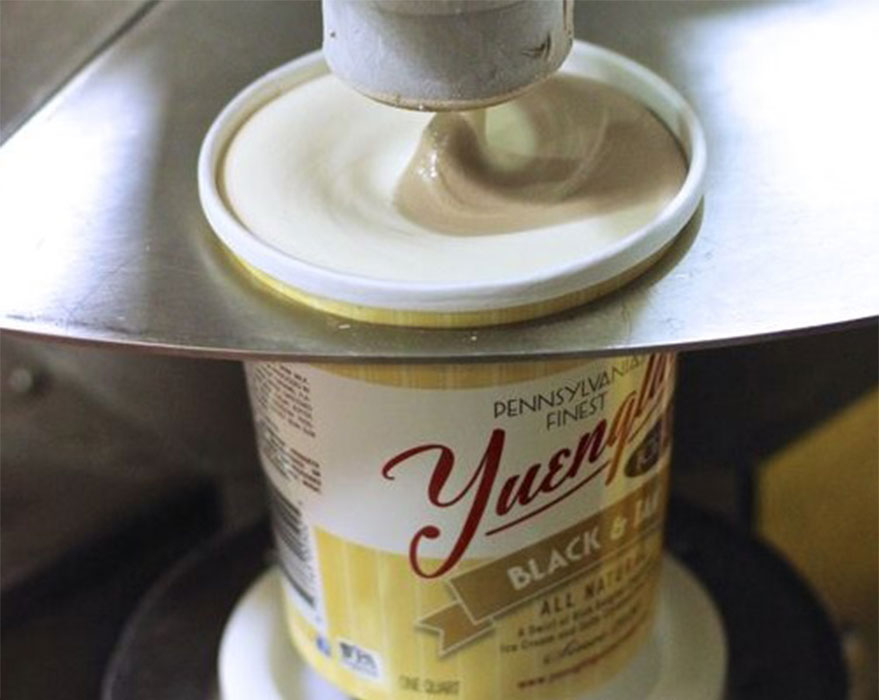When reporting an ice cream related story, journalists can’t wait to regurgitate some sort of headline involving the ‘ice cream wars’, in reference to one of Scotland’s most notorious criminal cases that involved two rival families using ice cream vans to sell drugs and stolen goods in the Eighties. However, the trite headline may be getting its most appropriate usage since the ‘war’ ended with the outcome of the litres or grams argument potentially sending shockwaves across the UK industry.
As it stands, some of the biggest manufacturers in the British ice cream market, two different government departments and the European Union are in conflict as to whether ice cream should be sold by weight, in grams, or by volume, in litres.
Traditionally, ice cream has always been sold by volume in the UK, however, due to production techniques, US food giant and owner of Häagen-Dazs ice cream, General Mills, claims that by selling by volume consumers are being misled.
Their argument comes down to overrun, or more precisely the lack of laws limiting the amount of air that manufacturers are allowed to incorporate into their products. The more air there is present, the less room there is for the actual product, and vice-versa.
Tubs of high-end, premium ice cream, such as Häagen-Dazs is currently sold in half-litre pots, or smaller, because minimal air is used in the production resulting in that hard, dry, luxurious texture. At the other end of the scale, the amount of air in cheaper ice cream can account for more of the volume than the actual product itself.
Furthermore, as a result of all this air, additional ingredients need to be added to the ice cream for it to hold. Partially reconstituted skimmed milk concentrate, sugar, vegetable oil, whey powder, dextrose, emulsifier (mono- and di-glycerides of fatty acids), flavouring, stabilisers (guar gum, sodium alginate), colours (beetroot red, beta-carotene) is how the ingredients label reads on a particular ‘value’ ice cream.
Elsewhere in the world, the addition of all these emulsifiers and stabilisers, and not to mention air, is against food regulatory laws. So why is it different here?
Unilever, owner of Wall’s, the UK’s biggest brand of ice cream, opposes any changes and claims that lots of air helps keep down the calorie content of its ice cream. They say “volume labelling is more likely to help in this regard. We believe there is currently little appetite for a change.”
So if the laws are changed and ice cream is sold by weight, what impact would this have on UK manufacturers? It would seem that it would hit the larger companies hardest as they generally produce the cheaper ranges where profit is made through volume sales, whereas smaller producers tend to aim for the luxury end of the market where less air is used, but prices are a little higher.
Which side of the argument are you? If the laws were to change, how would it impact your business? Let us know your thoughts on the matter.










 Twitter
Twitter Facebook
Facebook YouTube
YouTube LinkedIn
LinkedIn